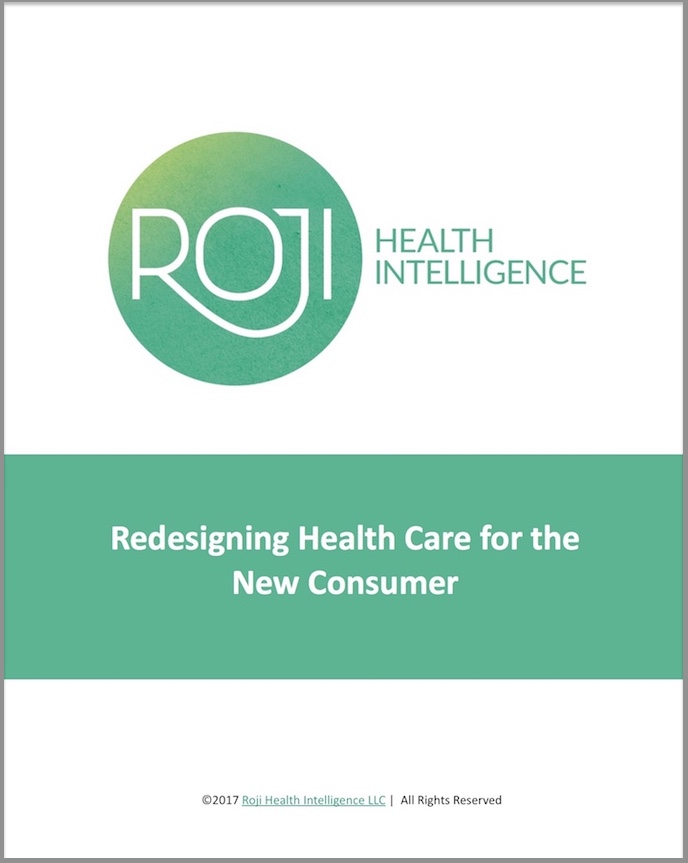
Data is not always the path to identifying good medicine. Quality and cost measures should not be perceived as “scores,” because the health care process is neither simplistic nor deterministic; it involves as much art and perception as science—and never is this more the case than in the first step of that process, making a diagnosis.
I share the following story to illustrate this lesson: we should stop behaving as if good quality can be delineated by data alone. Instead, we should be using that data to ask questions. We need to know more about exactly what we are measuring, how we can capture both the physician and patient inputs to care decisions, and how and why there are variations among different physicians.
Our measurement and improvement should focus on both parts of the equation: physician and patient. Why? Because the physician and patient interaction determines the path for both diagnosis validation and treatment. When data is limited only to claims and clinical values, it does little to elucidate the options for lowering costs or improving outcomes.
A Tale of Two Doctors
“As soon as I start swimming, my chest feels heavy and I have trouble breathing. It is a dull pain. It is scary. I swim about a lap of the pool, and, thankfully, the pain goes away. This is happening every time I go to work out in the pool”.
Her primary physician listened intently. With more than 40 years of experience, the physician, a stalwart in the medical community, loved by all, who scored high on the “physician compare” web site listing, stopped the interview after the description and announced, with concern, that she needed to have a cardiac stress test. The stress test would require walking on a “treadmill” to monitor her heart and would include, additionally, an echocardiogram test to see if her heart was being compromised from a lack of blood flow.
“But, I have had three echocardiogram tests in the last year as part of my treatment for breast cancer and each was normal. Why would I need another”?
“Well, I understand your concern about more tests, but the echocardiograms were done without having your heart stressed by exercise. The echo tests may be normal under those circumstances, but be abnormal when you are on the treadmill. You still need the test, unfortunately. I want to order the test today and you should get it done in the next week”.
The patient had other ideas. She refused the stress test and, instead, sought a second opinion. The second physician (another experienced, well respected, multiple-board-certified physician) asked more questions than the first. The complaint was queried for the context of the pain. When did it occur? Did it occur only with swimming? How long did it last? What made it better? What made it worse? Any associated symptoms? What was its course—gradually better, or suddenly better? Were there any other medical issues in her life?
The pain abated as she exercised; it did not worsen as she swam and was gone in less than a minute. The pain never occurred in any other circumstance. The patient offered that she worked out daily and never had the problem when she ran or exercised robustly. She worked out faithfully for one hour, seven days per week and in a strenuous fashion. Her symptoms only occured during swimming. She had tried nothing to improve it, but since it had been occurring regularly, she sought help.
The physician asked about how she started her swim; she anxiously jumped in the pool, and, since she hated the sudden blast of cold water, she tensed and then swam vigorously to warm up. After listening to her lungs and her heart as part of a brief physical exam, the physician asked her to try a common sense solution, while not offering a cause. The physician advised her to enter the water slowly, perhaps, even, walk in the pool for a bit until she warmed up before swimming.
Approaches to Diagnoses Fall Outside of Data Analysis, With Huge Impact
What is going on with this person? Is she having trouble with her heart? Could this be her lung? Could she have asthma? The differential diagnosis for the cause of her symptoms is filled with worrisome conditions—or not. This is a diagnostic dilemma. What would you do? Which approach seems most reasonable to you?
This anecdote, like a TV program, is based on a true story, and I will tell you the outcome.
But, first, think about how varied were the responses of the physicians. One directed the patient to testing; the other performed no tests other than the history of the complaint and a focused physical exam. One physician’s care will be expensive, but will the stress test ordered by the first ease the worry of both the patient and the physician? Why did the first physician focus on the most serious cause and the second on the most likely cause?
The differences in approaches to this same patient are huge. Many quality improvement efforts aim to assess variations in physicians’ practice patterns. But these efforts of comparison are hampered on many fronts; foremost, that different patients, cared for by different physicians, vary in clinical context and disease burden. This blog’s story differs, pointedly. The patient variation is gone; the patient is the same, the variation is in the physicians’ responses to the patient’s complaint.
There is little information about the variations in how physicians approach a patient’s diagnostic dilemma beyond aggregate costs of care. This is a deficiency since physicians’ variation may surpass patients’ variation, as in this situation.
Variations in Care Are Not Fully Explained by Utilization in Care
A search for a diagnosis requires appropriate context. The complaint of “chest pain” has myriad causes; the complaint of “chest pain when jumping into a cold pool that abates as exercise progresses” has a much smaller list of causes. Too often, medical care improvement, safety and science truncate the discovery process regarding important aspects of a patient’s condition when a concerned physician fails, for whatever reason, to capture the nuance that is essential to medical care for an individual.
The second physician teased out the nuances of the complaint via questions and a physical exam appropriate to the contextual clinical situation. While we know, for example, that the physical exam done routinely will likely yield nothing of significance, a physical exam that aims to test a hypothesis based on the full “picture” of the patient’s complaint will bear more fruit.
More information about the value of a physician-patient encounter will always be found in the content of their communication than in what they ultimately do. The difference in these physicians’ behaviors will not be found in any database, electronic medical record, or machine-learning algorithm. I have yet to see data on the contextual information from a history of the present illness in any data set or quality improvement initiative.
Performance Improvement Must Include Both Physician and Patient Communications
We keep insisting on bland, poorly conceptualized ideas about how to improve care. We keep insisting on non-contextualized “data,” as if, somehow, that data includes something of value about what is going on between patient and physician. Medical care is a cottage industry of two and can be nothing else. It should be measured as such.
And now, the outcome: The patient followed the advice of the second physician. She changed her routine and now warms up before swimming; her complaint is gone and has not returned. She also changed physicians.
How Focus on Communication Informs Better Care
We assume that current outcome and cost measurement is better because it is informed by objective data—utilization, clinical values, dates, procedures, medications. But this is just a bias toward what we can count and does not describe how medical decisions are really made or how the patient acts.
We need to begin to improve our understanding by soliciting patient and provider feedback, asking specific questions, such as choice of diagnostic tools,and preferences or choices made by the patient. Our process of assessing quality and cost should be iterative and individual-focused rather than just seeking the average outcome.
Likewise, communications should play the central role in how patients choose providers who are a good “fit” for them, and who guide them appropriately through the diagnosis and treatment of their concerns. That is clearly the direction that patient responsibility—for financial as well as lifestyle decisions—is headed.
Founded as ICLOPS in 2002, Roji Health Intelligence guides health care systems, providers and patients on the path to better health through Solutions that help providers improve their value and succeed in Risk. Roji Health Intelligence is a CMS Qualified Clinical Data Registry.
Image Credit: Margot Pandone






